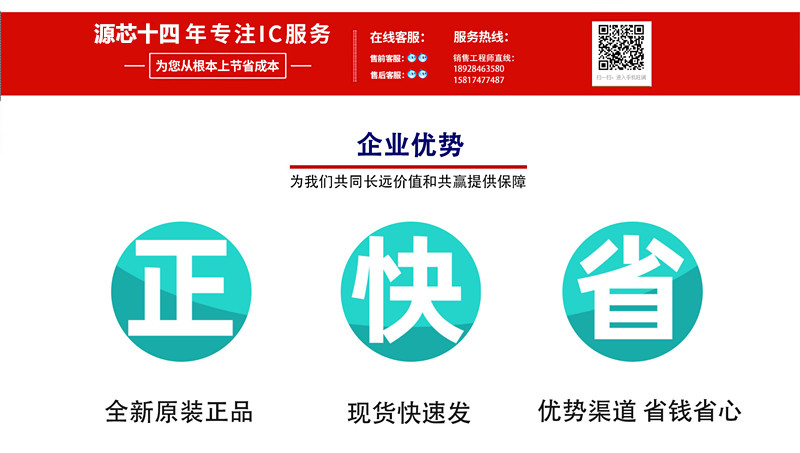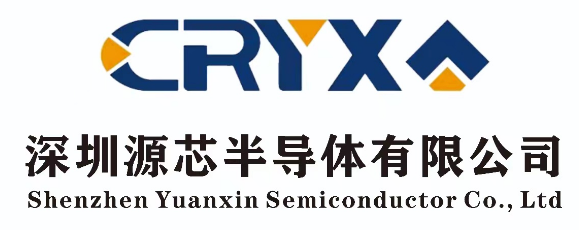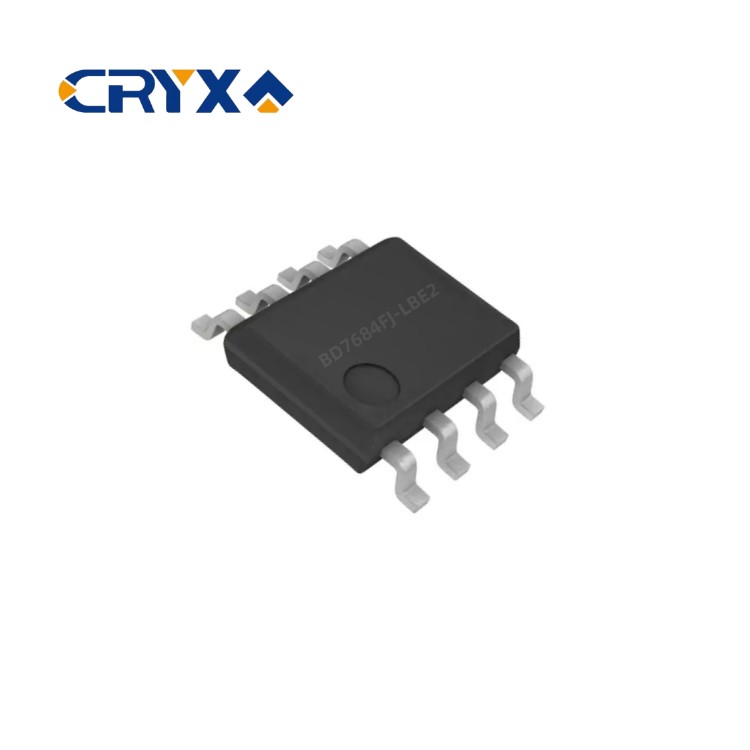Diode, a device with two electrodes in electronic components, consisting of PN junctions (both P and N are semiconductors) that only allow current to flow in a single direction. The current directionality that most diodes possess is commonly referred to as the "rectifying" function. Type of diode.http://www.ic-bom.com/
There are many types of diodes, as follows:
According to the semiconductor materials used, they can be divided into germanium diodes (Ge tubes) and silicon diodes (Si tubes).
According to its different uses, it can be divided into: detector diode, rectifier diode, limiting diode, voltage regulator diode, switch diode, isolation diode, mixing diode, Schottky diode, light emitting diode, silicon power switch diode, rotating diode, etc.
According to the structure of the tube core, it can be divided into point contact diodes, surface contact diodes, and planar diodes.
Symbols for diodes
Main parameters of diodes
The technical indicators used to represent the performance and applicability of a diode are called the parameters of the diode. Different types of diodes have different characteristic parameters. For beginners, it is necessary to understand the following main parameters:
1. Maximum rectification current IF
It refers to the maximum forward average current allowed to pass through a diode during long-term continuous operation, which is related to the PN junction area and external heat dissipation conditions. Because the current passing through the tube will cause the tube core to heat up, the temperature will rise, and when the temperature exceeds the allowable limit (about 141 for silicon tubes and about 90 for germanium tubes), it will cause the tube core to overheat and be damaged. So under the specified heat dissipation conditions, do not exceed the maximum rectifying current value of the diode during use.
2. Maximum reverse working voltage Udrm
When the reverse voltage applied to both ends of the diode reaches a certain value, it will break down the tube and lose its unidirectional conductivity. In order to ensure safe use, the maximum reverse working voltage value is specified.http://www.ic-bom.com/
3. Reverse current Idrm
Reverse current refers to the reverse current flowing through a diode at room temperature (25 ℃) and the highest reverse voltage. The smaller the reverse current, the better the unidirectional conductivity of the pipe. It is worth noting that there is a close relationship between reverse current and temperature, with the reverse current doubling for every 10 ℃ increase in temperature.
4. Dynamic resistance Rd
The ratio of the change in voltage near the static operating point Q of the diode characteristic curve to the corresponding change in current.http://www.ic-bom.com/
5. Maximum operating frequency Fm
Fm is the upper limit frequency at which the diode operates. Because diodes are like PN junctions, their junction capacitance is composed of barrier capacitors. So the value of Fm mainly depends on the size of the PN junction capacitance. If it exceeds this value. The unidirectional conductivity will be affected.
6. Voltage temperature coefficient α uz
α Uz refers to the relative change in stable voltage for each degree Celsius increase in temperature. The temperature stability of the voltage regulator diode with a Uz of about 6V is good.http://www.ic-bom.com/





.jpg)

